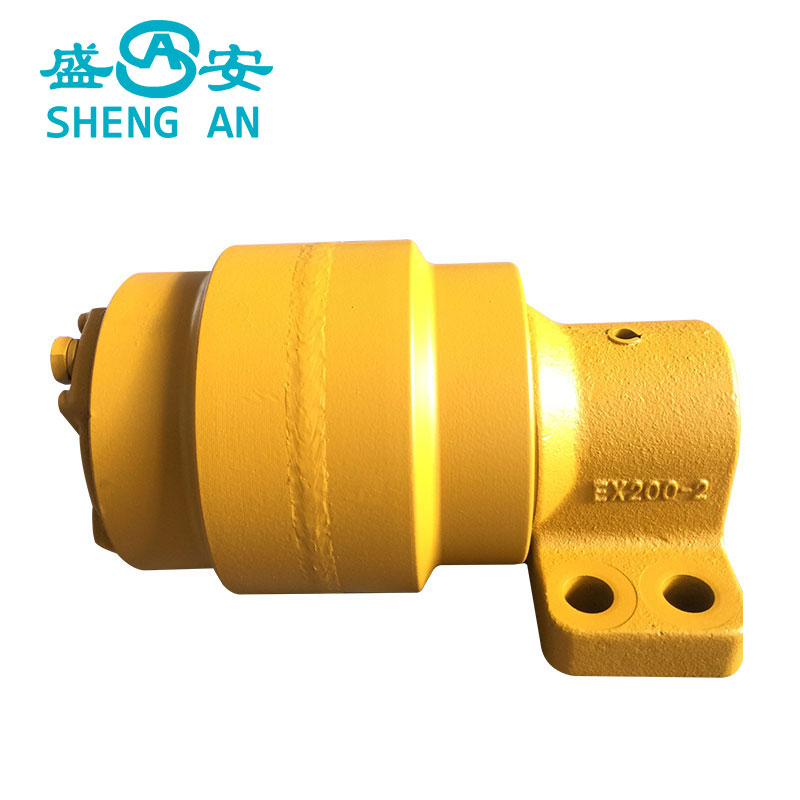Choosing the Right Path: Factors Influencing Carrier Roller Selection for Conveyor Applications
2024-03-04
Introduction:
In the realm of conveyor systems, the selection of carrier rollers is a critical decision that directly impacts the performance, efficiency, and longevity of the system. Various factors come into play when choosing carrier rollers for specific conveyor applications, ranging from load requirements and environmental conditions to operational parameters and budget constraints. In this blog, we'll explore the key factors that influence the selection of carrier rollers, providing insights into the decision-making process for optimizing conveyor system performance.
1. Load Capacity:
- One of the primary considerations when selecting carrier rollers is the anticipated load capacity of the conveyor system.
- Factors such as the weight and size of the conveyed materials, as well as the speed and frequency of operation, determine the load requirements for carrier rollers.
- Choosing carrier rollers with adequate load-bearing capacity ensures smooth operation and prevents premature failure or deformation under heavy loads.
2. Conveyor Belt Width and Speed:
- The width and speed of the conveyor belt play a crucial role in determining the size and spacing of carrier rollers.
- Conveyor systems with wider belts or higher operating speeds may require larger or more closely spaced carrier rollers to ensure proper support and stability.
- Matching the size and configuration of carrier rollers to the specifications of the conveyor belt helps maintain belt alignment and prevent mistracking during operation.
3. Environmental Conditions:
- Environmental factors such as temperature extremes, moisture, chemicals, and UV exposure can affect the performance and lifespan of carrier rollers.
- Selecting materials and coatings that offer resistance to corrosion, abrasion, and degradation is essential for ensuring longevity and reliability in harsh operating environments.
- Specialized carrier rollers with weatherproof seals, anti-corrosive coatings, or UV-resistant materials may be required for outdoor or corrosive applications.
4. Maintenance Requirements:
- Consideration of maintenance requirements is crucial when selecting carrier rollers, as frequent maintenance or replacement can lead to downtime and increased operational costs.
- Choosing carrier rollers with durable materials, reliable sealing mechanisms, and minimal maintenance requirements helps reduce the need for frequent servicing and prolongs the lifespan of the conveyor system.
5. Budget Constraints:
- Budget considerations play a significant role in the selection of carrier rollers, as upfront costs and lifecycle expenses must be balanced with performance and durability.
- While higher-quality materials and advanced features may come with a higher price tag, they can offer long-term cost savings through reduced maintenance and extended lifespan.
Conclusion:
The selection of carrier rollers for specific conveyor applications involves careful consideration of various factors, including load capacity, conveyor belt width and speed, environmental conditions, maintenance requirements, and budget constraints. By evaluating these factors and choosing carrier rollers that align with the unique requirements of the conveyor system, businesses can optimize performance, minimize downtime, and achieve cost-effective material handling solutions. With the right carrier rollers in place, conveyor systems can operate smoothly and efficiently, contributing to increased productivity and profitability across industries.



